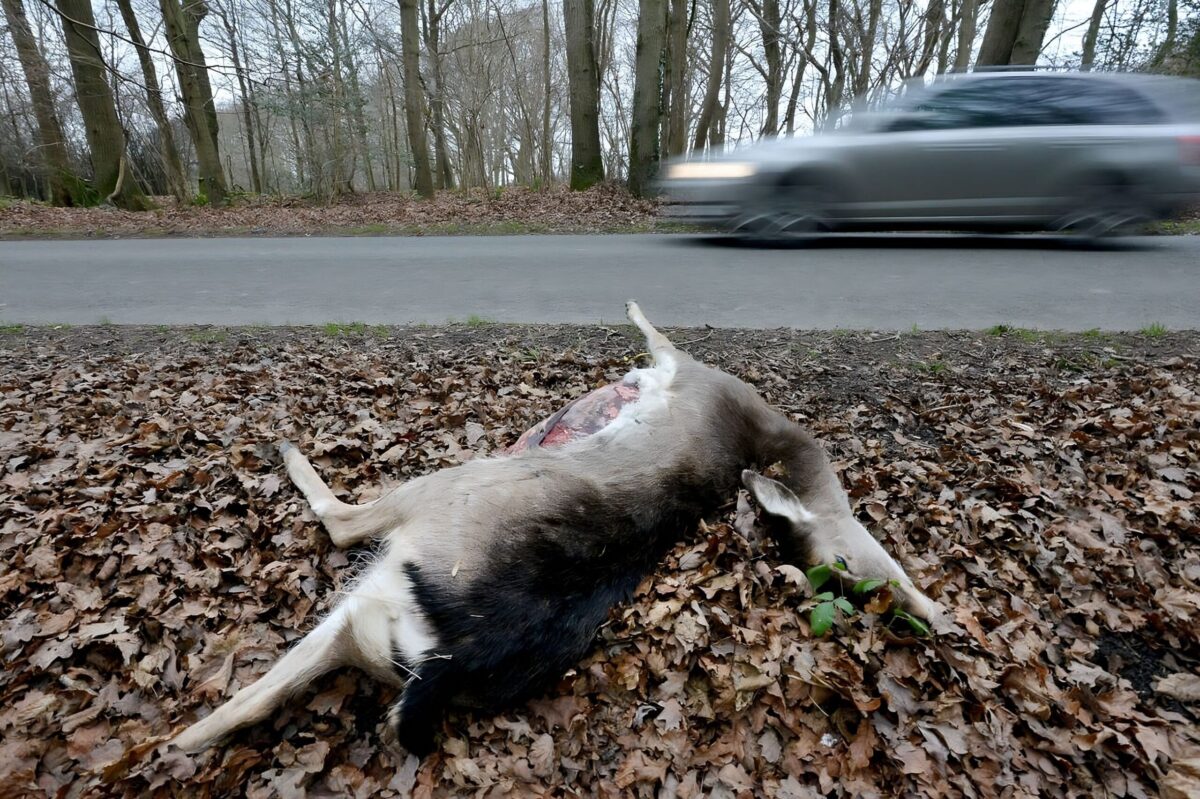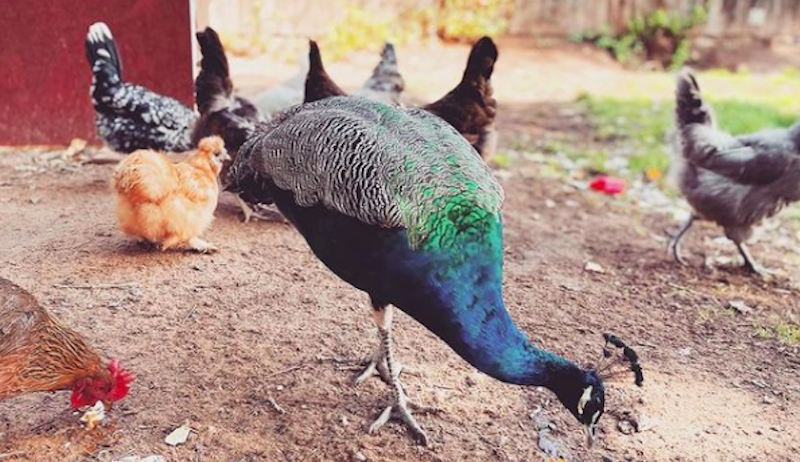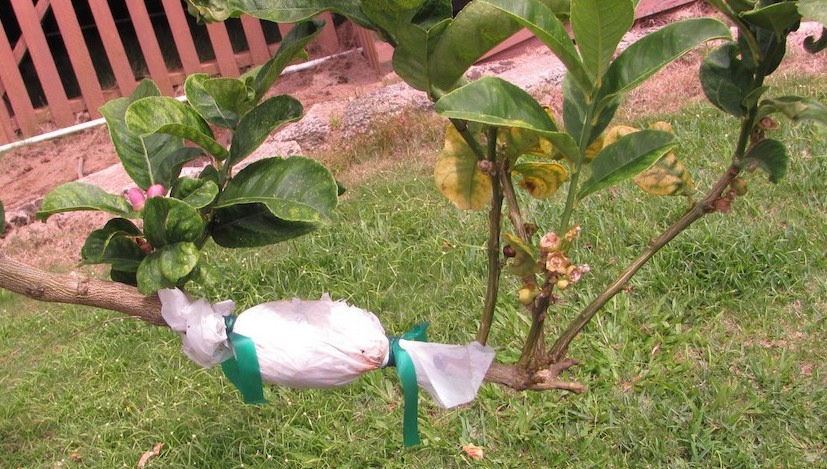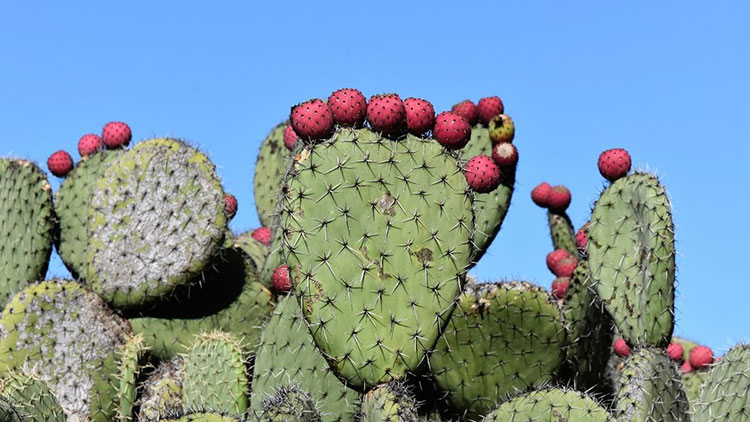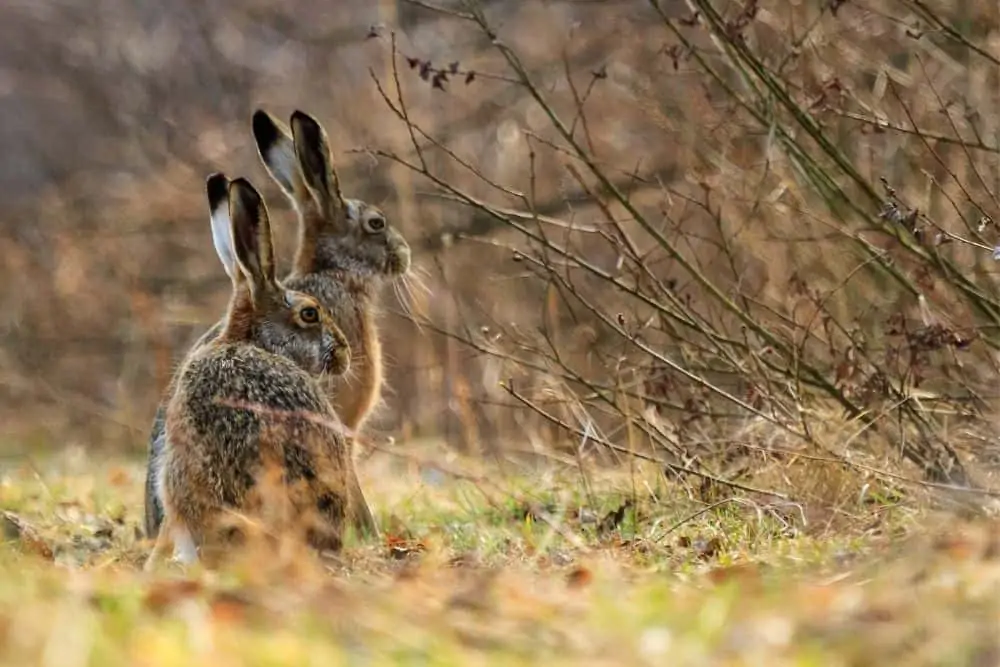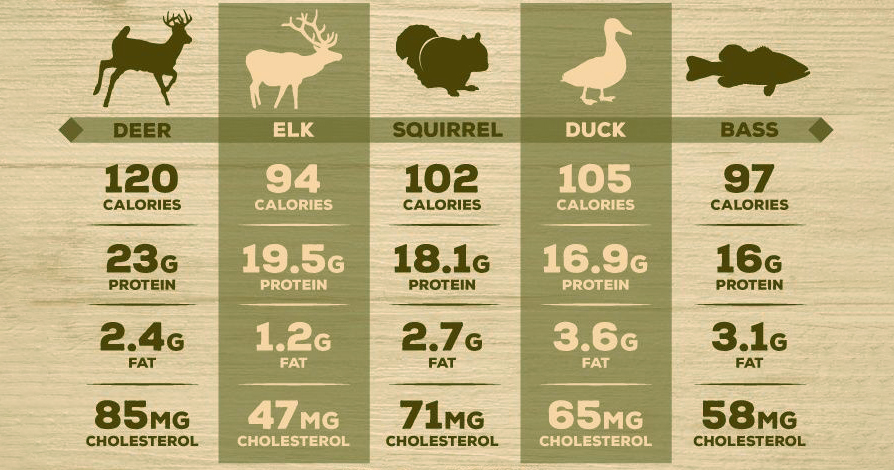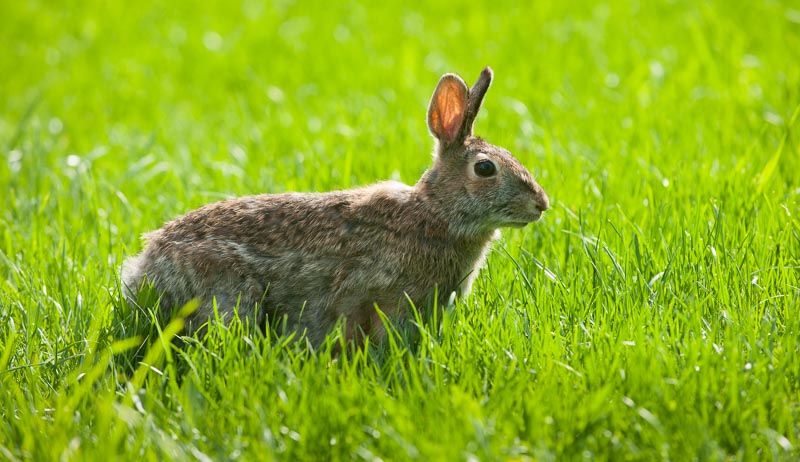There are plenty of good reasons to pick up roadkill from the streets whenever possible. From a moral standpoint, it’s just not right to let an animal die for no reason and leave it to decay on the road when there are people in our country going hungry every night.
Looking at it economically, it can save you a lot of money to add roadkill meat to your diet alongside store-bought meat. It’s also a chance to overcome any food aversions you might have and try out some wild game you wouldn’t have had the chance to taste otherwise.
In any case, eating roadkill isn’t as taboo as some people in society make it out to be. Remember what your mother used to say, “Try it; you might like it!” Harvesting roadkill generally involves four steps: finding the roadkill, checking if it’s safe to eat, processing the meat by removing the skin, organs, and guts, and finally, cooking it right away or freezing it for later use.
Locating your next meal
Finding roadkill in America is actually quite easy. It’s a sad reality that each year, a staggering number of animals, approximately 360 million according to various Humane Society estimates, are killed by vehicles on the extensive network of highways and roads in the country. Another report from the Federal Highway Administration in 2008 estimated that one to two million large animals meet their end on our roads annually. These numbers highlight the significant impact of road accidents on wildlife.
As you travel, if you remain observant, you won’t have to search far to come across an animal that has lost its life on or near a roadway. Unfortunately, the issue of roadkill is prevalent and has an impact on various species throughout the country. It’s not uncommon to encounter small mammals, birds, reptiles, and even larger animals like deer and other wildlife that have fallen victim to vehicle collisions.
Given the frequency of roadkill incidents, it becomes apparent why the idea of harvesting roadkill for consumption has gained some attention. While the thought of eating roadkill may initially seem unappealing to many, it’s essential to consider the potential benefits of using this meat resourcefully and ethically.
It’s worth noting that while roadkill can provide a source of meat, there are certain precautions and guidelines to follow to ensure the meat is safe for consumption. Proper inspection and handling of roadkill are essential to avoid potential health risks.
Inspecting the soon to be meal

When finding roadkill, above all else, trust your instincts. Humans have a natural ability to discern whether food is safe to eat or not. Whether it’s the appearance, smell, or taste, you’ll know when something is off.
Think about encountering a decaying animal carcass while driving or walking—without any expert guidance, you instinctively understand that the meat on that animal has turned bad. We’ve all experienced opening…
